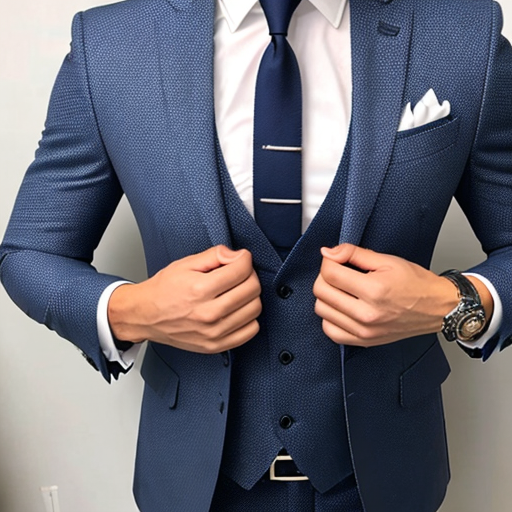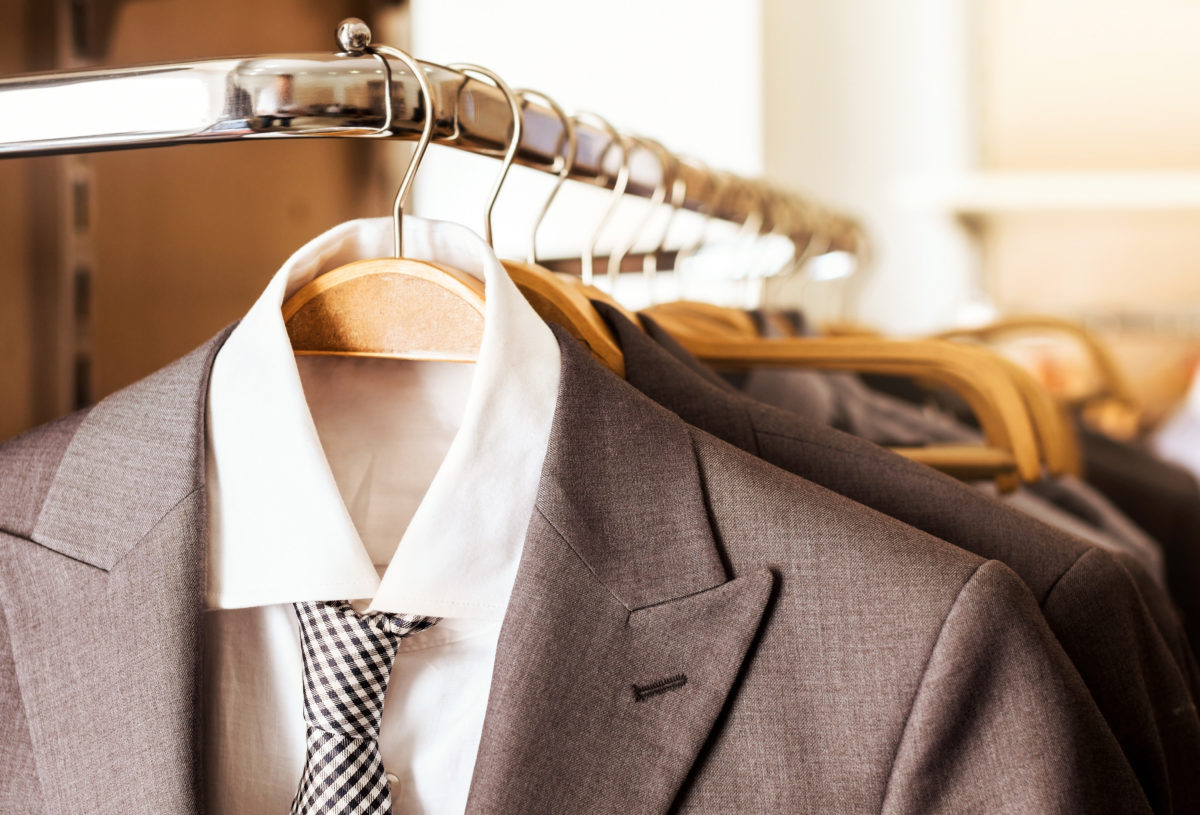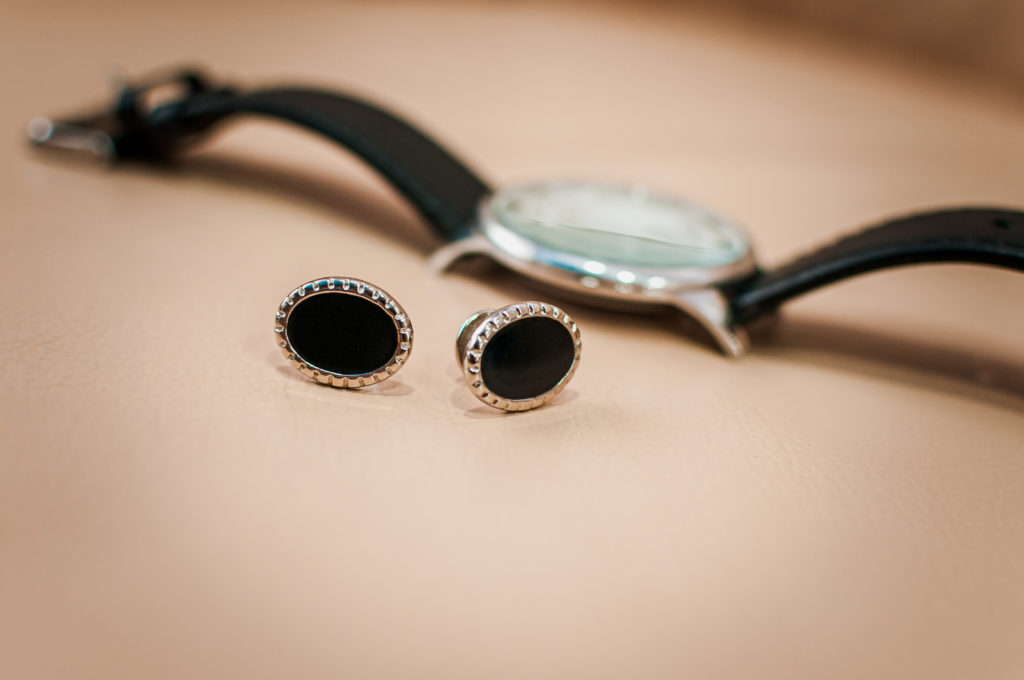Walking in Luxury: The Journey of Crafting Bespoke Shoes
Bespoke shoes, just like any other bespoke outfit, speak volumes about a person’s taste, style, and preferences.
They provide fashion enthusiasts with an opportunity to showcase their love for unique taste and style.
Creating a bespoke pair of footwear encompasses a robust process of detailed craftsmanship, from initial consultation to final touches and quality control.
Understanding this intricate manufacturing process is critical to appreciating the effort and countless hours invested in the masterpiece.
This article delves deeper into the bespoke shoe-making process.
Initial Consultation

Let us create your custom shoes.
A bespoke footwear tailoring process kicks off with an initial consultation. This brings the customer and craftsman into a personalized engagement where the customer explains their dreams, style, and footwear needs. As the customer rolls out their needs and footwear dreams, the craftsman will note down details and specific needs. He will even come up with a sketch that reflects the unique customer needs and style. Based on the upcoming occasion, the craftsman will apply their deep-rooted skills and experience to figure out the exact customer’s specifications and unique needs. All these combined will set the tone for personalized and handcrafted footwear in later stages.
Foot Measurements and Last Making
Having completely understood your unique taste, style, and fashion needs, the craftsman will then take your feet measurements. Conversely, to mass-produced footwear, bespoke shoe measurements are taken from both left and right feet. This is because each foot comes with its unique anatomy in shape, size, toecap, and many others. For exact measurements, some bespoke shoemakers rely on foot scanners. It is these measurements and shoe anatomy that form the basis for the last making, which later goes on to serve as the foundation for the footwear. This ensures that the final product fits the foot’s contours perfectly.
Design and Material Selection
The making of a shoe last signals the readiness for the commencement of shoe construction. However, before then, the customer will go through the various materials and designs and select one that aligns with their unique tastes and shoe needs. From leather for durability and sturdiness, canvas for breathability, and suede for softness and velvety texture to synthetic materials for versatility and resistance and synthetic leather for elegance and uniqueness, a customer selects designs and materials for their bespoke shoes depending on various factors. The artisan may provide sketches or samples to visualize the final product.
Shoe Crafting
Then comes the actual bespoke shoe construction phase. Here, the selected material is carefully cut to precision and stitched together to make an upper, which is later joined to the insole and outsole. Before joining the upper to the insole and outsole, it is fitted into the last and pulled together to eliminate looseness or excesses. From Blake, Goodyear welting, Norwegian, and Blake Rapid stitching techniques, each is designed for various needs and designs such as athletics and hiking.
Fitting and Adjustments
A key element of bespoke shoe construction is fitting. Clients often receive a prototype or a partial version of the shoe to test the fit before the final assembly. For any loose, pressure points, and tight areas, adjustments are made to guarantee the shoe’s comfort and alignment.
Final Product and Finishing Touches
The final touches are just as important as the initial design and actual construction, as they add the finishing touches that make a bespoke shoe truly unique to a wearer’s feet. From polishing the leather, buffing, and sanding to adding delicate embroidery or personal engravings, these touches are the aspects that truly make bespoke footwear one-of-a-kind and allow you to stand out amongst a crowd.
Quality Control
The final bespoke product is passed along various artisans’ hands who meticulously inspect the pair for various issues ranging from loose threads, improperly secured seams, construction flaws, imperfections, and general comfort and aesthetics. For any of these imperfections and flaws, they are immediately rectified before the shoe is packaged for shipment to the customer’s address.
Owning a pair of bespoke shoes is about more than just wearing a visually appealing product. It is a luxury experience encompassing craftsmanship, deep culture, and personal expression. With proper care, coupled with maintenance and after-sale services like resoling and repairs to extend their longevity, the footwear can last a lifetime. The bespoke journey creates a special bond between the maker and wearer, reflecting the wearer’s identity and the artisan’s skillset. It is a timeless investment in both comfort and style, embodying the luxury of walking in shoes made exclusively for your feet.


















